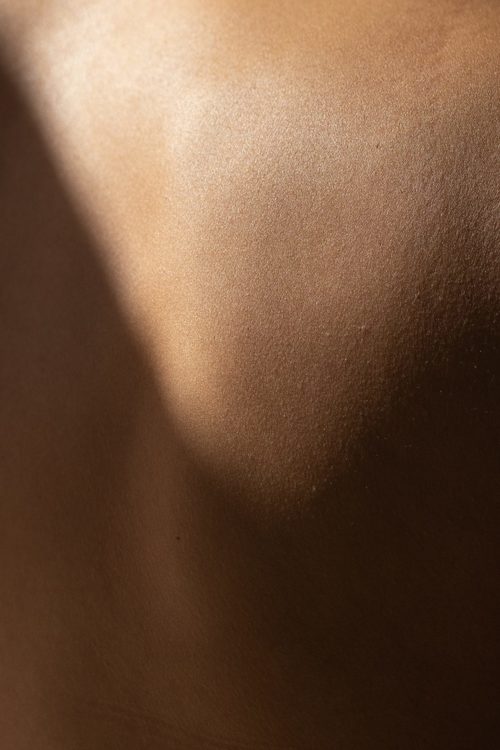The 1st of October marks World Urticaria Day, which kicks off a month-long campaign aimed at raising greater public awareness around chronic urticaria – a debilitating skin condition characterised by the recurrent appearance of hives (urticaria) that last for six weeks or longer.
ALSO SEE: Google now allows you to search for skin conditions by uploading photos
The persistent and unpredictable nature of chronic urticaria severely impacts a sufferer’s quality of life, with random, often daily episodes of intense itching, hives and or swellings that disrupt sleep and interfere with physical, social and emotional functioning.
Up to four times the recommended dose of antihistamine is typically prescribed, but even at increased doses, it’s often not effective. However, a number of exciting new trials are currently underway to help scientists find more effective treatments.
Prof Jonny Peter, head of the Division of Allergology and Clinical Immunology at Groote Schuur and the UCT Lung Institute, says up till a few years ago, little was understood about the condition, but as more data has been collected through the Urticaria Centers of Reference and Excellence (UCARE) – a global network of urticaria care clinics – more effective treatments are being trialed.
One such treatment involves a humanised monoclonal antibody that interferes with mast cell survival – the primary immune cell that leads to hives and wheal formation.
Prof Peter and other experts believe the mast cell depleting mechanism has the potential to completely control the condition.
“The first set of trials conducted on this type of therapy overseas have already demonstrated remarkable response rates and impressive improvements in the quality of life in tough to treat forms of urticaria. The treatment has a rapid onset and sustained durability with a well-tolerated initial safety profile, which supports the ongoing Phase 2 studies in urticaria currently in progress across the world, including South Africa.”
Two kinds of urticaria…
The two most common types of chronic urticaria are symptomatic dermographism (SD) and cold urticaria (ColdU).
“Symptomatic dermographism occurs in approximately 2-5% of the population, where hives are triggered upon rubbing, pressure or mild trauma to the skin. The literal meaning is ‘to write on the skin’. Downward pressure on the skin produces a linear wheal in the shape of the applied external force.
“Other forms of chronic inducible urticarias result from specific physical or environmental stimuli like cold, heat, exercise, sunlight, water or sweating”.
To help patients better manage chronic urticaria, a special chronic urticaria self-evaluation app, called, CRUSE® has been developed by renowned dermatologists and allergists.
The app allows sufferers to record symptoms as and when they happen, while also detailing how it impacts their quality of life in a matter of minutes. By giving doctors access to their CRUSE® profile, patients will be able to work with their healthcare team to track when symptoms flare up and what could have triggered the response, how they respond to treatment and how it can be improved.
CRUSE® can be downloaded free of charge from any App Store.
ALSO SEE:
The latest technology in Diabetes Mellitus makes big strides
Feature Image: Pexels

